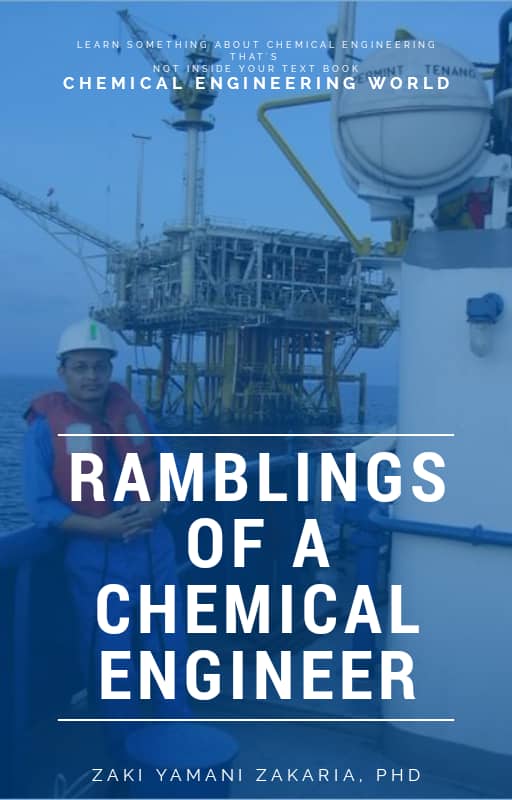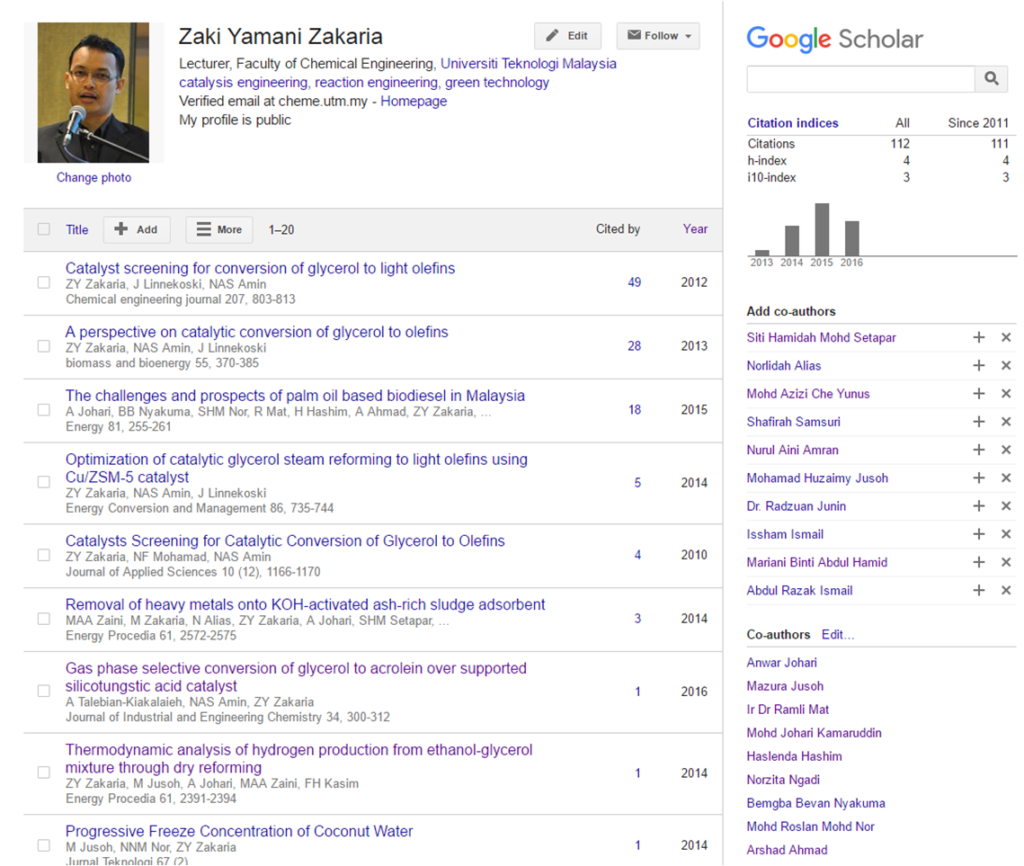
Thank you Prof. Dr. Kamarul Asri for getting my new book. I am so touched that a really amazing professor that we respect and look upon in the Faculty wanted to read my humble sharing. MasyaAllah.
I sincerely hope there’s something that can be of good use for Prof. K in the book. InsyaAllah.




